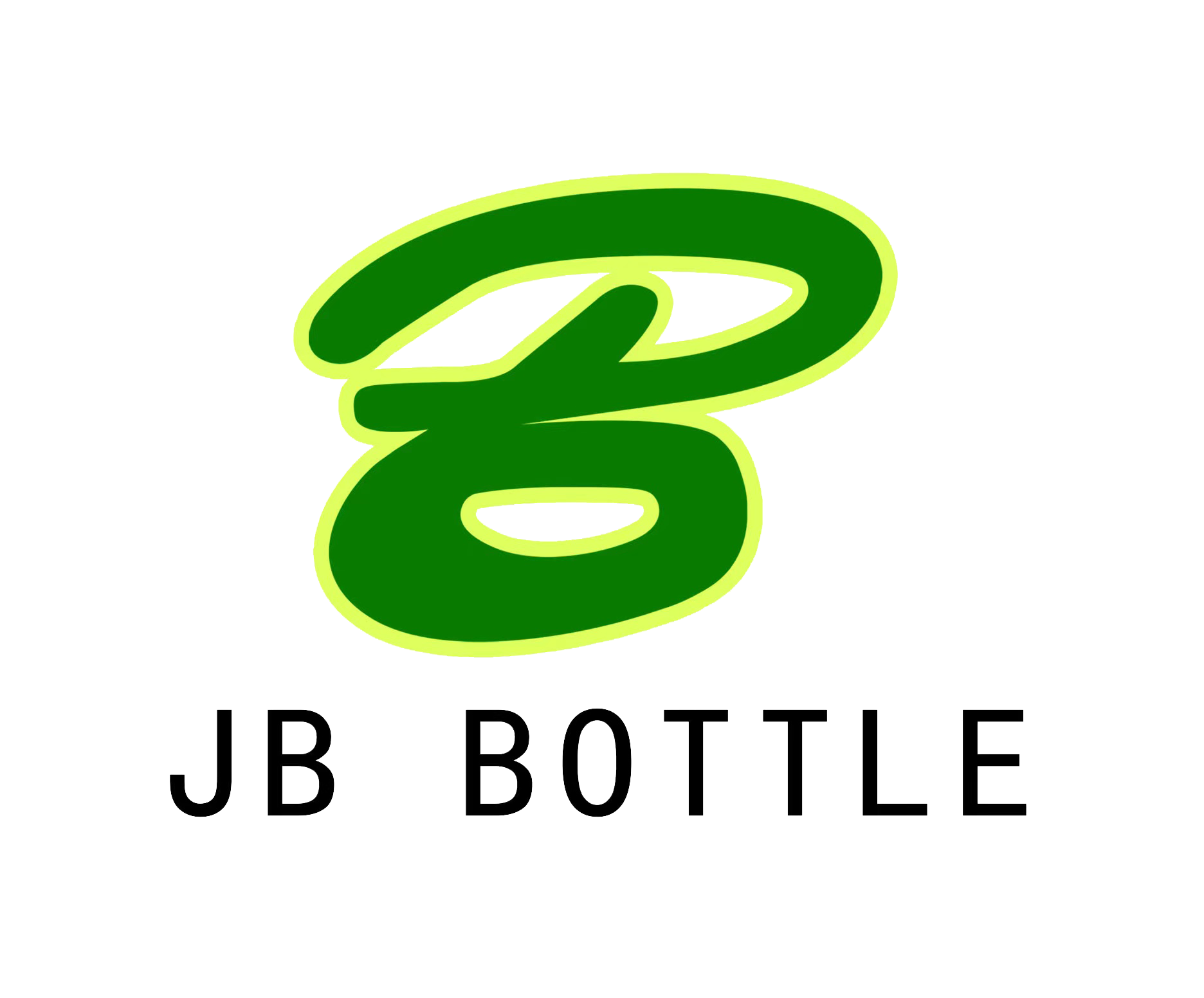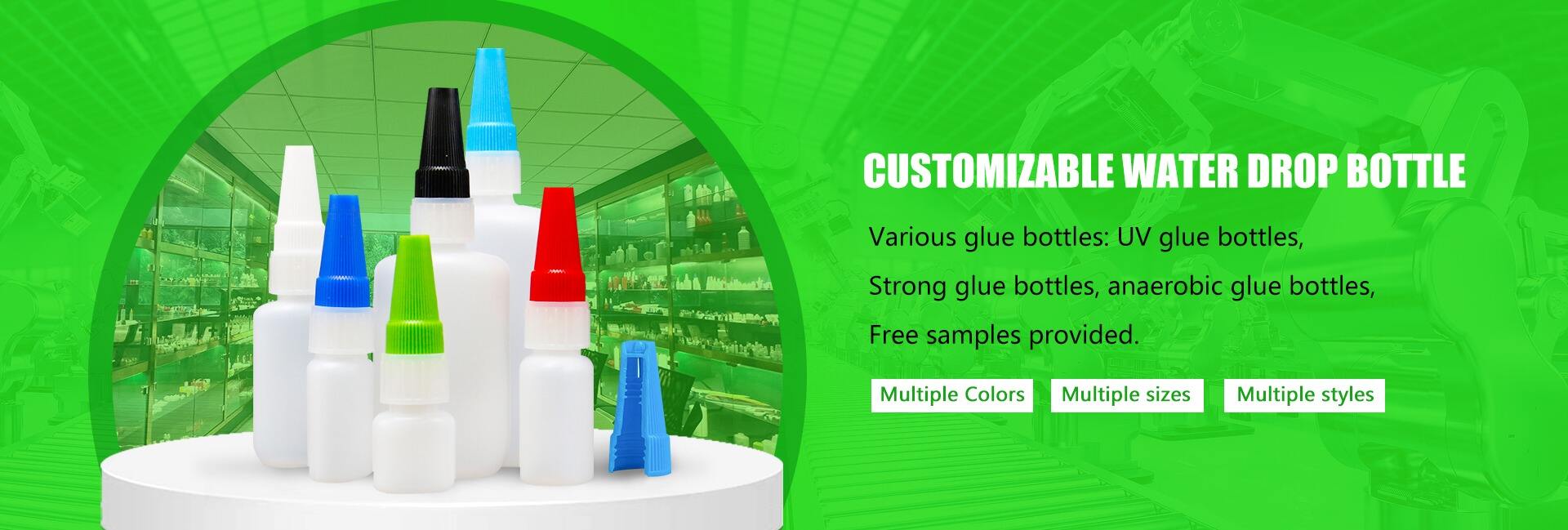Can't find the right medicine bottles? Here's a guide to picking ones for safe medication storage!
Essential Features for Secure Medicine Bottles
Material Durability: Plastic vs. Glass Options
When choosing medicine bottles, understanding the differences between plastic and glass materials is crucial. Plastic bottles are favored for their lightweight and durable nature, making them resistant to shattering during transportation or accidental drops. In contrast, glass bottles offer better protection against light-sensitive substances due to their non-reactive nature. A study in the Journal of Pharmaceutical Science indicates that glass containers can preserve chemical stability better over time than plastic. Despite these benefits, glass is heavier and more prone to breakage. Moreover, environmental considerations such as recyclability often influence decisions; glass is generally more sustainable as it is fully recyclable, unlike some plastic variants that may release harmful chemicals during recycling.
Child-Resistant and Tamper-Evident Caps
Child-resistant and tamper-evident caps are essential safety features in medicine bottles. According to the U.S. Consumer Product Safety Commission (CPSC), these caps are designed to prevent children from accidentally ingesting medication. Child-resistant caps require a complex action, like pressing and twisting, making it difficult for children to open. On the other hand, tamper-evident seals such as heat and breakable seals indicate that a medicine bottle has been opened, thereby safeguarding medication integrity. For instance, expert opinions from healthcare professionals emphasize the importance of these features in avoiding potentially fatal accidents involving children. Furthermore, these mechanisms are critical in deterring unauthorized access and ensuring medication safety.
UV Protection for Light-Sensitive Medications
UV protection is vital for medications susceptible to degradation when exposed to light. Research from medical journals highlights that light exposure can lead to efficacy loss in certain medications. Medicine bottles with UV filters typically come in dark or amber colors, providing various levels of protection. You can identify light-sensitive medications through labeling systems, often including UV protection indicators. Statistics from pharmacies show that a significant percentage of medications require special UV management to preserve their effectiveness. In conclusion, understanding these properties and selecting the right medicine bottle can ensure your medication's shelf life and efficacy, ultimately impacting your health and safety.
Optimal Storage Conditions for Medication Safety
Avoiding Humidity and Temperature Extremes
Maintaining consistent humidity and temperature is crucial for medication stability. According to the FDA, medications should be stored under specific conditions to ensure their efficacy and prevent degradation. Certain medications are highly sensitive to variations in humidity and temperature, with improper storage potentially leading to reduced effectiveness. For example, some pill bottles can absorb moisture, affecting the medication inside. Practical steps for monitoring and controlling your environment include using humidifiers or dehumidifiers where necessary and implementing temperature regulation techniques to consistently keep your indoor space within safe environmental parameters.
Safe Placement Away from Bathrooms and Kitchens
Bathrooms and kitchens are unsuitable for storing medications due to moisture and fluctuating temperatures. The humidity from showers and the heat from cooking can compromise the integrity of medicines, leading to potential effectiveness loss. Instead, medications should be placed in cool, dry areas such as closets or cabinets that are temperature controlled. It's important to ensure that medicines are stored in areas that are not accessible to children or pets, as this reinforces a safe environment and minimizes accidental ingestion or damage.
Childproofing Storage Cabinets and Drawers
Effective childproofing strategies are vital for safeguarding medications from accidental access by children. Locks, latches, and other security mechanisms can be employed to prevent little hands from reaching medicines. Statistics highlight that childhood poisoning incidents often result from improper storage practices; thus, proper storage could significantly reduce these risks. Customizable options such as adjustable shelving units and drawer dividers further assist families in organizing medications out of reach of children, providing both safety and convenience in medication management.
Organizing and Maintaining Medication Integrity
Regularly Purging Expired or Unused Medications
Regularly purging expired or unused medications is crucial to maintaining effectiveness and reducing risks. Expired medications can lose potency, leading to inadequate treatment and potential health risks. To safely dispose of these medications, follow local guidelines and consider environmentally friendly options like take-back programs. For instance, the U.S. Drug Enforcement Administration (DEA) sponsors National Prescription Drug Take Back Days, promoting safe disposal. Despite such initiatives, statistics reveal that a significant percentage of households still fail to dispose of medications properly. By understanding the importance of this practice, you can ensure the safe management of your medication supply.
Labeling Strategies for Quick Identification
Effective labeling strategies are vital for avoiding medication errors and ensuring quick identification. Using techniques such as color coding, clear fonts, and categorizing by type or application can significantly reduce confusion. For example, categorizing medications into groups like pain relief or antibiotics facilitates quick access. Real-world examples show that implementing structured labeling systems has led to improved outcomes by minimizing mix-ups. By employing these strategies, you can enhance medication safety and streamline your daily medication routine.
Using Storage Bins to Categorize Supplies
Storage bins offer an efficient method for organizing and categorizing medications, making them easy to find. Choosing appropriate sizes and separation methods, along with labeling, enhances accessibility. Properly designed storage systems promote psychological benefits by reducing clutter and stress. They ensure better management of health needs, allowing for a more organized approach toward medication use. Consequently, an organized storage solution not only streamlines medication access but also positively impacts overall health management.


